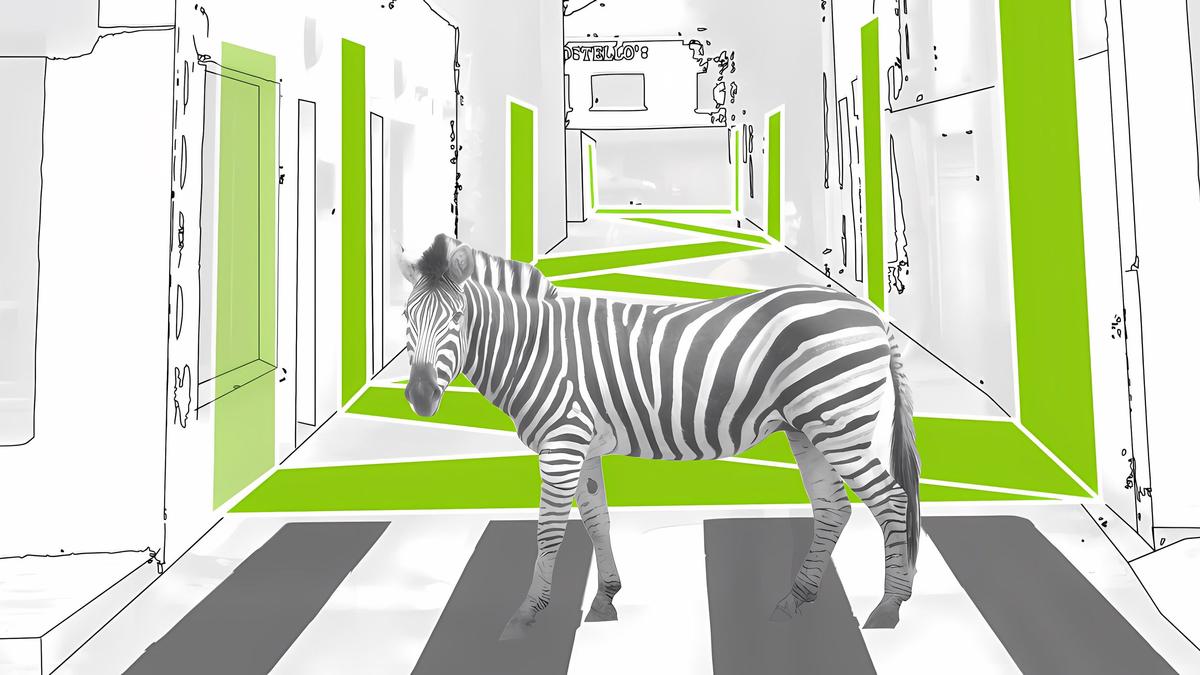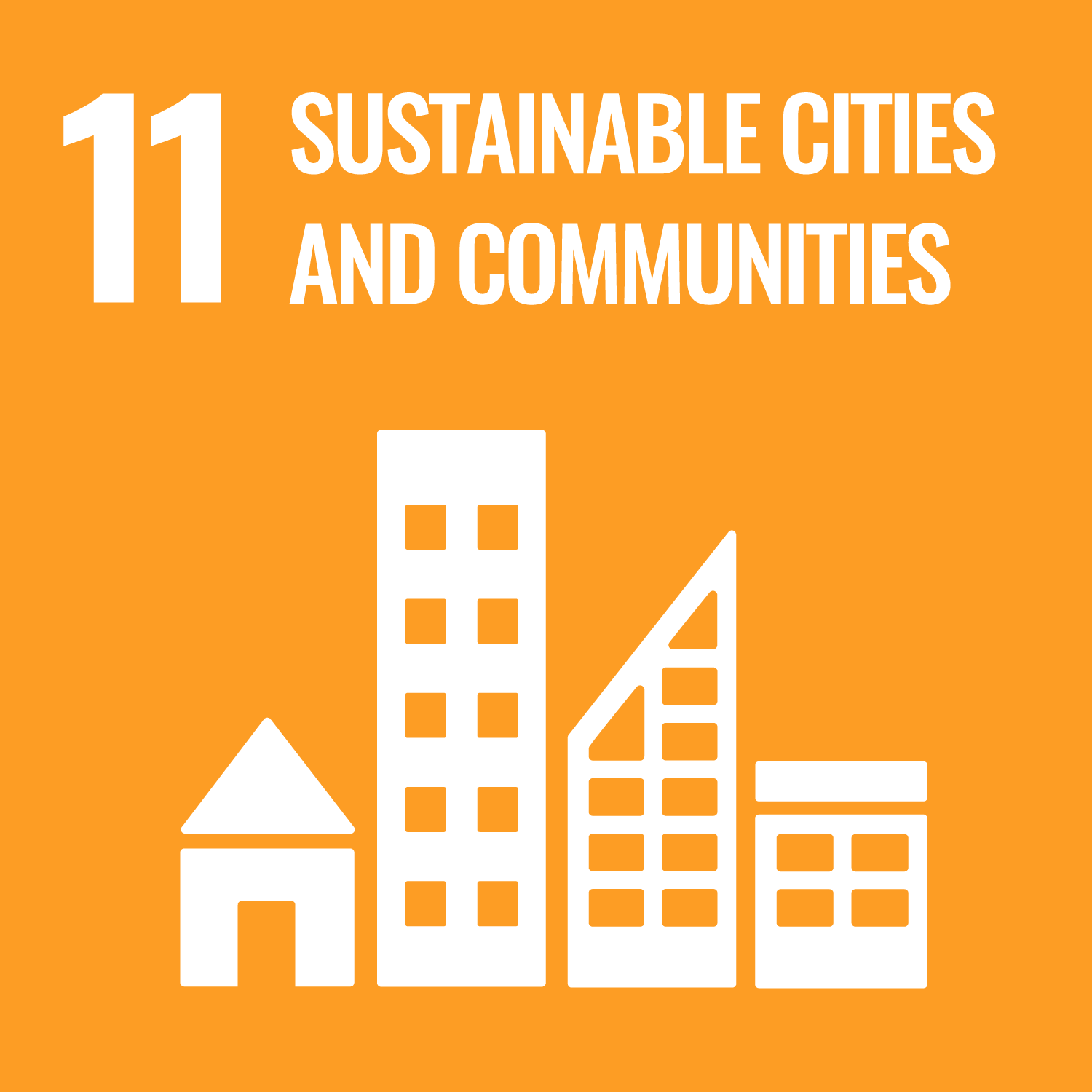Vision
The Green Urban Museum proposes the creation of a wider network of public spaces in the heart of Georgian Limerick, including laneways, public squares and parks, that would be used as open public platforms allowing for community engagement, community interaction and exchange, community learning about history, art and culture, as well as re-connecting the community with nature. The Green Urban Museum, will transform a laneway using 3D printed Hunt Museum artefacts in a permaculture garden as the start of a trail that leads from the Hunt Museum to the Georgian heart of Limerick, connecting and inspiring people as they walk or cycle it.
Description
A community-driven squat team will transform a derelict Georgian laneway into a Green Urban Museum. Hunt Museum artefacts will use 3D printing of recycled materials in the creation of a place of play and curiosity; the design principles of permaculture will be deployed using planting that is sustainable in the locality and sensors will monitor the consequent change in air quality as the area becomes more of a CO2 sink than a net contributor. Technological solutions will focus on principles of permaculture, for example the use of solar power in the implementation of a sensor-activated irrigation system. Technological solutions will also focus on lighting and energy storage, using battery self-powered LED or projectors. Play will be encouraged through interaction with fun objects at child-height. Maximising Limerick’s Georgian assets, by placing museum objects in the public realm, the project explores the potential of culture and cultural heritage as essential elements of urban development strategy. A programme of activities will be put in place including events, such as sowing and growing workshops for families. The Green Urban Museum will deliver a greener and more beautiful living environment for Limerick’s current and future inhabitants.
The project will begin with the assessment of the following three laneways:
- Daly’s lane - It is centrally located, with low rise buildings that allow the presence of the sun at the laneway level. It is next to a Nursery school-presence of kids with potential for their involvement in educational workshops and family events.
- Griffith Row is located between Cathrine str and Dominic str., in proximity with popular spaces such as the Canteen and Costelo’s Tavern. This location would attract great footfall, thus expanding the reach of the project.
- Theatre Lane - The main advantage is that it is already a passage (Glen Tavern and Freddy’s bistro), that might help with the exposure of our prototype. However, there is still some space along the blind facades towards Mallow St. to potentially locate our main intervention. This also might help with preventing vandalism.
Our grassroots consortium will ensure the project’s sustainability by maintaining the laneway into the future. This collaboration will promote the cross pollination of design, technology (3D scanning, 3D printing, use of monitoring sensors), and deep community engagement (community gardening and maintenance). Participants will share skills and learn new ones.
Precious artefacts protected behind museum glass can seem at a remove from visitors, and their fascinating stories can be obscured. By placing them in an urban laneway, these objects have the power to stop people in their tracks. Incorporating 3d printed artefacts in the very fabric of the vertical garden and encouraging tactile engagement, gives new meaning and enjoyment. To encourage long term cleanliness of the laneway, litter bins will be placed at the entrance and exit, with tops in the form of one of the museum objects.
Taking the Hunt Museum to the streets will deepen our engagement with the entire community and directly ties the most iconic Georgian building in Limerick to the CityXchange regeneration area through its collection.
The Green Urban Museum will be built by LIT students, community groups and Enable Ireland Volunteers who will be responsible for its upkeep and maintenance.



